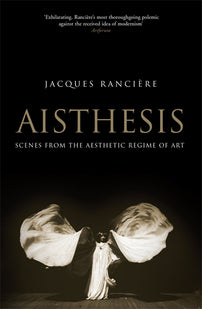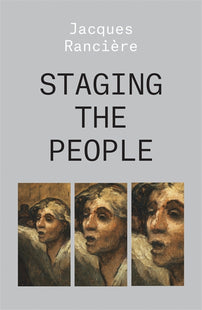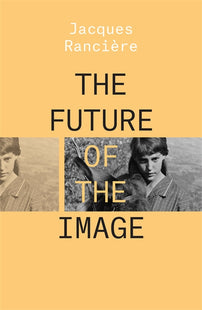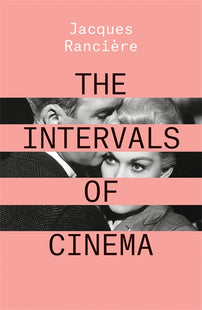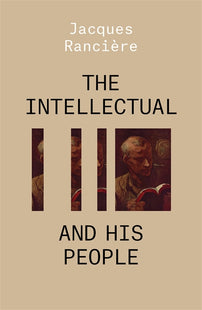On Freedom of Expression
In the aftermath of the assassination of Samuel Paty, Jacques Ranciere demands that we rethink the relationship between the state, secularism and the freedom of expression.
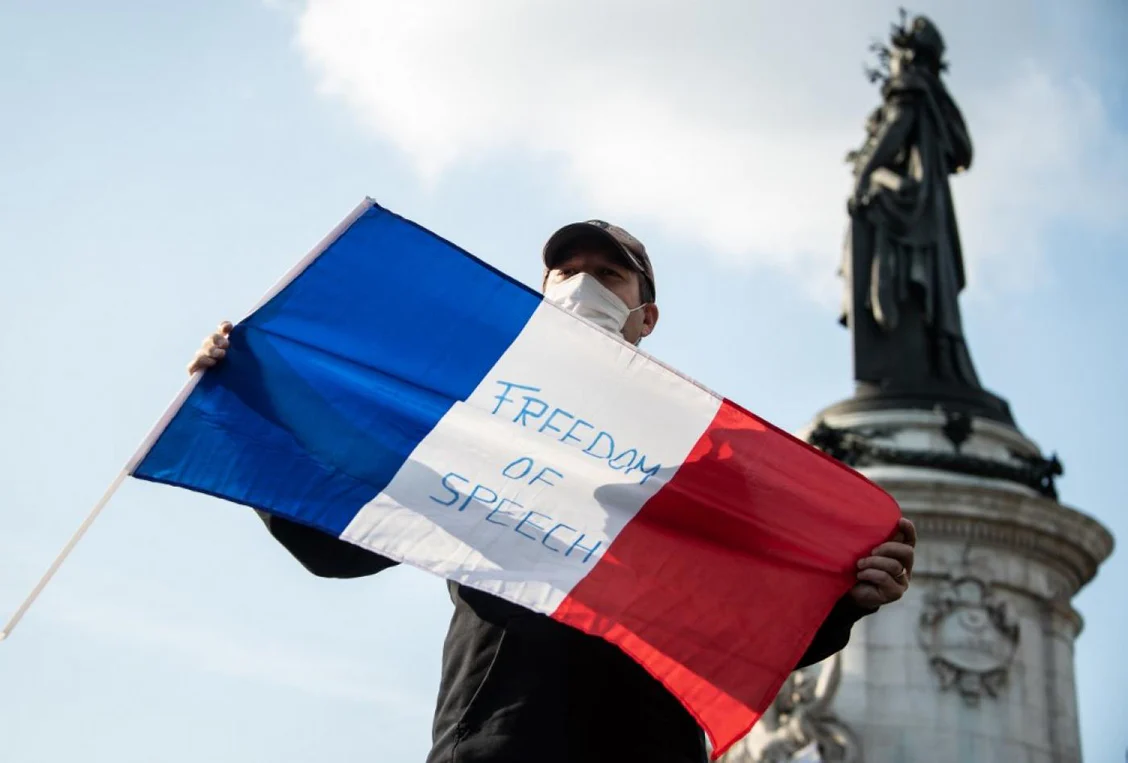
The abominable attack on Samuel Paty by a criminal fanatic has aroused outrage commensurate with its horror. It has also been the occasion for a number of comments and proposals that demonstrate formidable confusion, particularly with regard to the concept of freedom of expression and its manifestations.
This is because, for several decades now, a so-called ‘republican’ discourse has developed which has systematically transformed legal notions defining the relationship between state and citizens into moral virtues that these citizens have to possess and thus into criteria for stigmatising those who do not possess them.
The operation began with the notion of secularism. The secularism enshrined in the principles of our constitution means that the state does not teach any religion and does not allow any religion to intervene in the organisation of public education. This notion is not part of any kind of republican ‘essence’. The Third Republic imposed it to put an end to the control of the Catholic Church over public education – which had actually been established by a law of the Second Republic. At the same time, it recommended teachers not to do anything to hurt the beliefs of their students. It is clear that the secularism that defines state neutrality in matters of religion is not a sufficient way to regulate relations between believers and non-believers, or between members of different religions. What can provide for this is a virtue capable of animating individual behaviour: tolerance, which only makes sense if it is reciprocal.
The new ideologues of secularism have completely altered the meaning of the concept. They have made it a rule of conduct that the state has to impose on students, their mothers, and ultimately all women in society. The secular obligation has been identified with prohibition of a way of dressing, a discriminatory prohibition since it only affects women and girls from a particular community of believers and thus establishes a head-on opposition between the secular virtue ordered by republican law and a whole way of life.
[book-strip index="1" style="display"]Something similar is happening today around the notion of freedom of expression. This freedom, established by the law of 29 July 1881, is a freedom of journalists in relation to state power, power expressed through censorship or the requirement of prior authorisation. It states that journalists and other agents of public opinion can disseminate their writings without control from a higher authority, except to answer before the courts for crimes and offences they might commit by using this freedom and in particular the offence of defamation. It says that writings may circulate without permission from the state, but it does not give these writings any claim to embody freedom of expression, nor does it make this freedom the principle by which they are to be judged. Writings – and possibly drawings – that circulate freely do not thereby manifest freedom of expression. They manifest only the ideas and moods of their authors, and that are judged by their readers according to their own ideas and moods. If we take the case of the caricatures of Mohammed, even leaving aside the defamatory character that some have seen in them, these do not express any immanent virtue of freedom. And they are not intended to arouse love for that same freedom. They express, among other things, the feeling of contempt that spirits who think they belong to an enlightened elite feel and want to share towards the religion of populations they consider to be backward.
Fanaticised criminals sought to avenge this contempt by the monstrous execution of Charlie Hebdo journalists. But this set in motion a perverse ideological mechanism. Because the atrocity suffered by these journalists made them martyrs to freedom of expression, the caricatures themselves became the embodiment of this freedom. Caricature in general, which has historically served the most diverse causes including the most abject ones, became the supreme expression of this freedom, which was itself assimilated to a virtue of free speech and derision attributed to the French people by birth right. And the supreme expression of freedom of expression was ultimately identified with the expression of contempt for a religion and a community of believers considered foreign to this French virtue. Glorification of these caricatures thus became a national duty. Politicians, whether unthinking or deliberately provocative, did not hesitate to demand that these caricatures be shown in all schools. This is tantamount to asking people everywhere to widen the gulf between communities, to help spread intolerance, and thus provide further opportunities for killers while ensuring wider support for their crimes in a community made more sensitive to offence. Perhaps it is time to say, conversely, that a caricature is just a caricature, that these ones are mediocre and express mediocre sentiments, and that none of them are worth exposing to the madness of killers the lives of journalists, teachers and all those who make public use of the spoken word. It is also time to restore more worthy symbols to the freedom for which so many men and women around the world have sacrificed their lives and still do today.
Translated by David Fernbach
Originally published at https://blogs.mediapart.fr/jacques-ranciere/blog/201120/propos-de-la-liberte-d-expression

